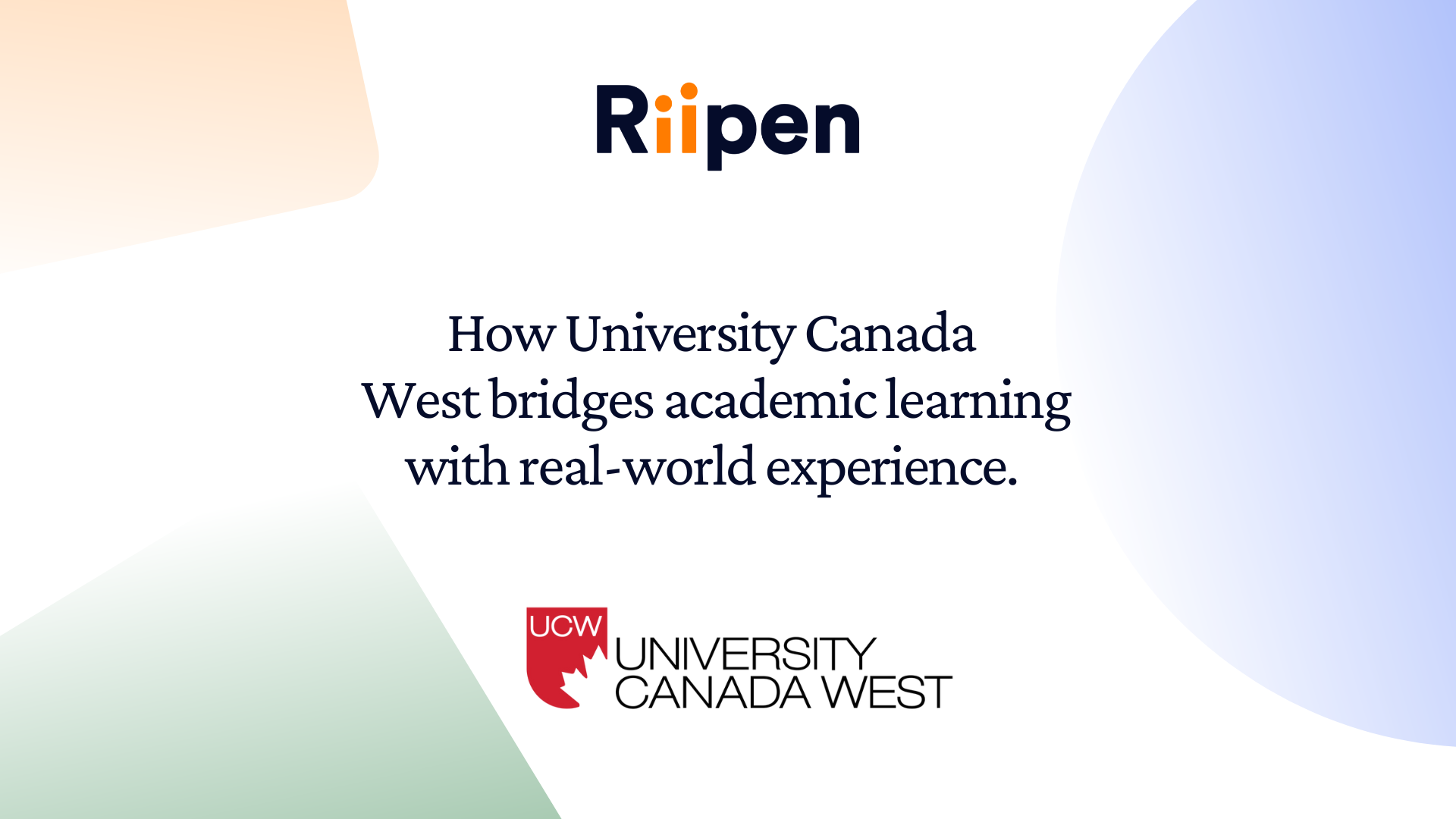Navigating a virtual semester for international students

This year, the world transformed and higher education was no exception. Many students weren’t expecting to take an online course let alone an entire semester online until the COVID-19 outbreak. As the fall semester approaches, a range of questions and concerns remain as students meet new and unique challenges. One student group that is facing a great amount of stress and uncertainty in the face of the pandemic are international students.
The unique challenge for international students
International students are experiencing new uncertainties among all aspects of their education. As many summer internships were cancelled, students were left without an income for the summer and lost the opportunity to stay connected and gain experience abroad. Many universities have yet to announce what kind of support may be available in the fall as the economy continues to leave students cash-strapped with unemployment rising.
International students also contribute a large sum to most university and college revenues, so it's no surprise that they find it difficult to see the same value in an online education. For example, many MBA students were originally expecting a semester full of networking opportunities, dynamic classrooms, and CEO lunches.
Making the most of a virtual semester
Online education poses many new challenges, but it is not without opportunity. Regardless of where you are when the fall semester starts, staying connected will look different but going online creates space to access an even more global education. We recommend reaching out to alumni through your institution’s career centres or alumni centres to learn from their experience and expand your network. Virtual coffee chats allow for a great reach as you’re no longer restricted to finding someone local and can branch out your knowledge on the job industries.
Online education may not always be the reality, but its implications - including its benefits or global reach - are the future.
Insight into the upcoming student immigration landscape
Although with changes every day, especially with the travel restrictions and rules around study permits and visas, there are fundamental questions that must be answered. We partnered with Josh Schachnow, a Toronto-based immigration lawyer and current CEO of Visto.ai - a company he founded to make the immigration journey as smooth as possible. He offers some essential insight for international students studying in Canada.
Current challenges
The two categories everyone needs to keep in mind are immigration processing, and travel restrictions, ie. is IRCC (Immigration Canada) still processing this type of application, and can I travel into Canada under my current status?
These are slightly different, but very directly linked. Here is what I mean and what international students should keep in mind considering the various immigration applications and travel options:
- Study permit applications are still being processed, yet new study permit holders cannot travel to Canada (yet)*. That being said, if you start your program from abroad/online, as long as you don’t take more than 50% of your course online, your post-grad work permit (PGWP) eligibility will not be affected
- PGWP applications are still being processed, and IRCC recently said that as long as you meet the remaining criteria, you can submit your PGWP application without a completion letter or transcript from your college/university (just make sure to send it in as soon as you receive it)
- Permanent resident (PR) applications are still being processed, but IRCC is primarily inviting those from inside Canada to apply, as new PR holders cannot travel to Canada*
* any holder of a study permit or PR application approved after March 18, 2020 is not allowed to travel to Canada at this time
What does this mean?
For the time being, consider a few options:
If you’re still interested in studying in Canada, it’s still one of the top destinations, especially since having to start your program abroad will not have a negative impact on future immigration applications. While studying abroad may have taken a slight hit in 2020, Canada is still a top destination.
If you’re currently studying in Canada, IRCC has been very flexible with regards to the post-grad work permit, so you shouldn’t be too concerned. Instead, focus on getting your 1 year of skilled work experience after you graduate so you can be in a good position for PR.
Lastly, for those outside of the country, PR may be difficult but we hope to get a big update on this soon. For those in Canada, there’s never been a better time to consider PR as the required score is extremely low while IRCC continues to only invite those from within the country.
And if you need guidance on any of the above, or just want to stay up-to-date as new announcements come out, definitely look to join the free immigration portal and community at Visto.ai!

About the author:
Joshua Schachnow, B.Com. (Carleton), J.D. (Western), is a Toronto-based lawyer who specializes in immigration law. More specifically, he has helped dozens of Canadian companies hire and sponsor tech workers and over 100 skilled workers from around the world navigate Canadian immigration so they can start a new life here.
Due to his interest in business and tech, Josh founded Visto.ai - a free platform helping individuals with Canadian study permits and permanent residence applications. In his spare time, Joshua enjoys playing sports, reading (fiction and non-fiction) and cooking.

About the author:
Yogmaya Singh is a fourth-year Entrepreneurship student at the University of British Columbia, and a Marketing Intern at Riipen. Driven by her need to explore and grow, she's always found herself working within roles that challenge her. She's interested in all things music, enjoys trying new foods and dabbling with art.










.png)



















.png)







